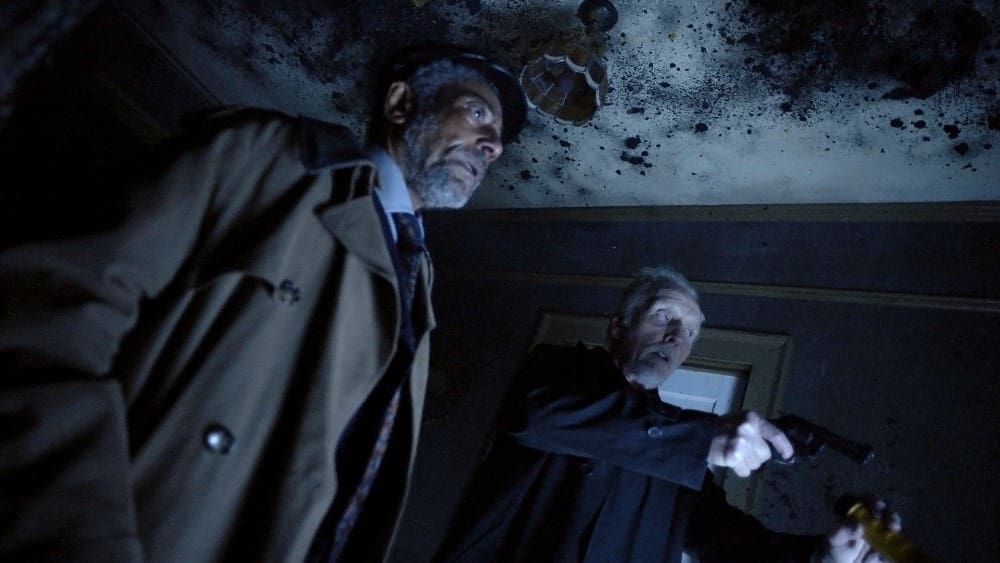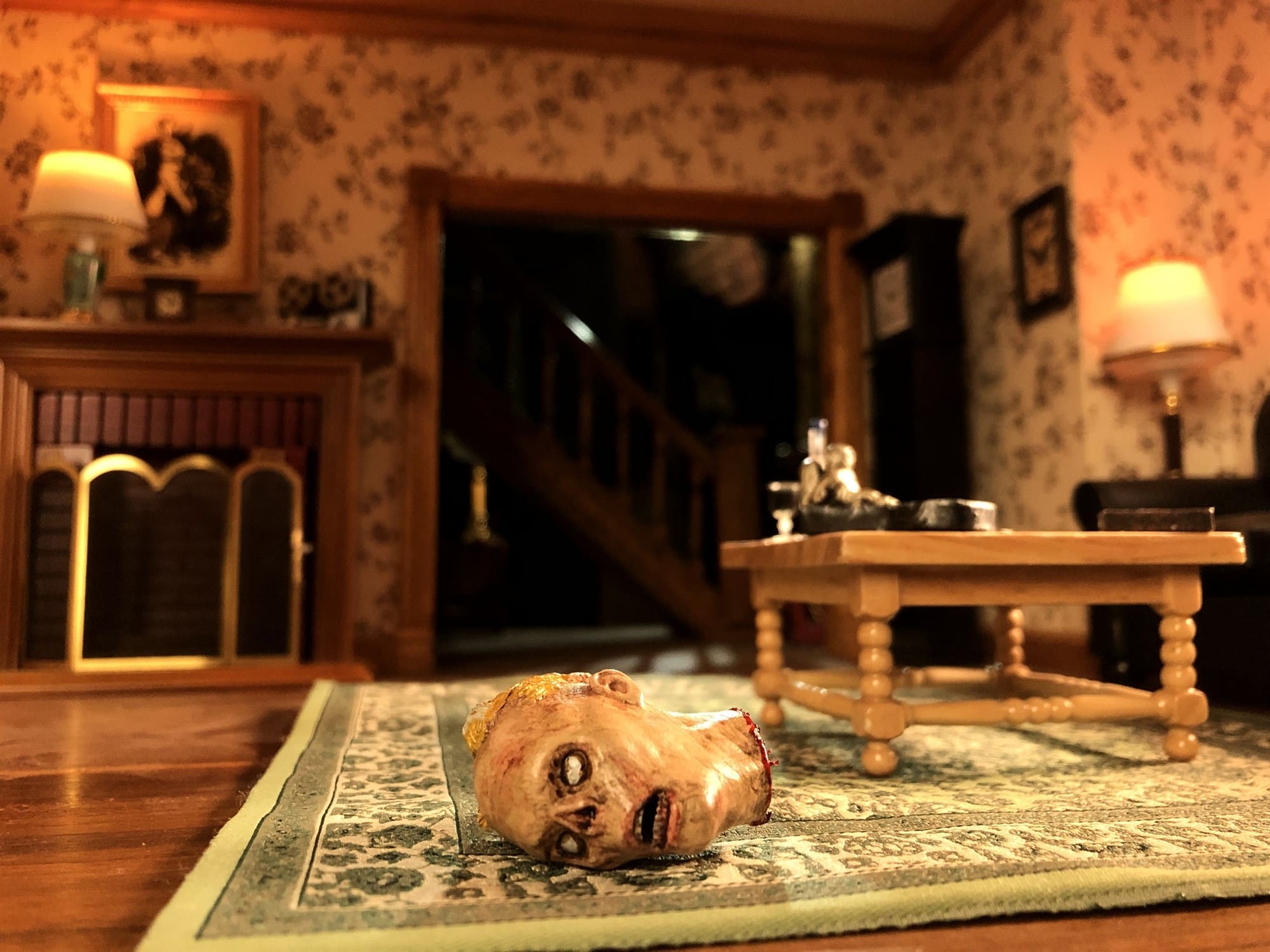
The first shot we see in the Shudder revival of Creepshow is the crate from the 1982 horror-comedy anthology film directed by the late and great George Romero. Soon after, an animatronic model of “The Creep” greets you with a whole assortment of comics and tales. With the current onslaught of remakes and reboots fighting to grab the attention of the limited time we all have, it was only fitting for Creepshow to find its way into a streaming format. Revered for its ability to merge the worlds of comedy and horror from some of the genre’s greatest minds, Shudder has provided a platform for a new generation.
“Gray Matter,” our first story which is an adaptation of a 1798 short story by Stephen King is put in a modern setting, but could apply to the 1950-60s. On the surface, there are some notable easter eggs from previous Stephen King works such as The Shining and It. Wanting to put their best foot forward, this short is loaded with star power — from Tobin Bell as Chief, Giancarlo Esposito as Doc, and a returning champion to the Creepshow franchise, Adrienne Barbeau as Dixie.
Director Greg Nicotero also helps to add some familiar visual flair as well. The diagonal camera shot as the story progresses in more ominous territory makes a return, as well as the comic book pages, turning as you go forward. At the core, it’s a story of addiction, grief, and how it devolves both the afflicted and those closest. We see Richie Grenadine’s (Jesse C. Boyd) alcoholism turn him into a literal monster. Bell and Esposito, besides some light dialogue in the beginning hinting at a long-time friendship, are present in the episode to show how grotesque Richie’s disease has made him.
The bulk of the episode is a conversation that Dixie and Richie’s son, Timmy (Christopher Nathan) has about how the combination of grief and alcohol has ruined what’s left of his family. As a young kid, Timmy’s only choice was to give his dad some sort of spirit indirectly enabled his drinking habit. With each false promise that Richie tells his son about kicking the habit, the more hideous Richie’s physical state becomes. Nicotero does a good job of balancing practical effects with CGI to show the audience how drastic this transformation is.

The most intriguing plot point about “The House of the Head” short is that it takes the “haunted house” concept and puts it into the confines of a dollhouse. The story unravels through the eyes of a child named Evie (Cailey Fleming). Within the “perfect” two-parent, one child, and one pet structure of her figurines, an ominous presence appears. Written by Josh Malerman and directed by John Harrison, there’s an interesting dynamic at play in that you see the progression in both Evie’s expressions and the movement of the figures.
There’s a maternal metaphor that arises within the short even though Evie is young. Parents want to make sure that their kids are safe in every aspect, but no matter what you do, sometimes the external factors are out of your hands. The main story is intriguing, the ending leaves the viewer wanting more.
While there’s a hint at a bigger evil at play, the story ends abruptly before any potential consequences of that can be felt. In a short story format, the right course may have been to imply that the cursed dollhouse can be passed on. Perhaps with the many mediums out there, this can grow into a bigger story where the hauntings can affect the real family in some way.
The original Creepshow movie and the 1987 sequel that came strove to give voices to different horror movies. This is even if they didn’t necessarily hit the landing, more so in the case of the sequel. Shudder’s re-imaging of the anthology series provides enough balance between nostalgic references that you may know and love and provides a pathway for new stories to be told.


Comments are closed.